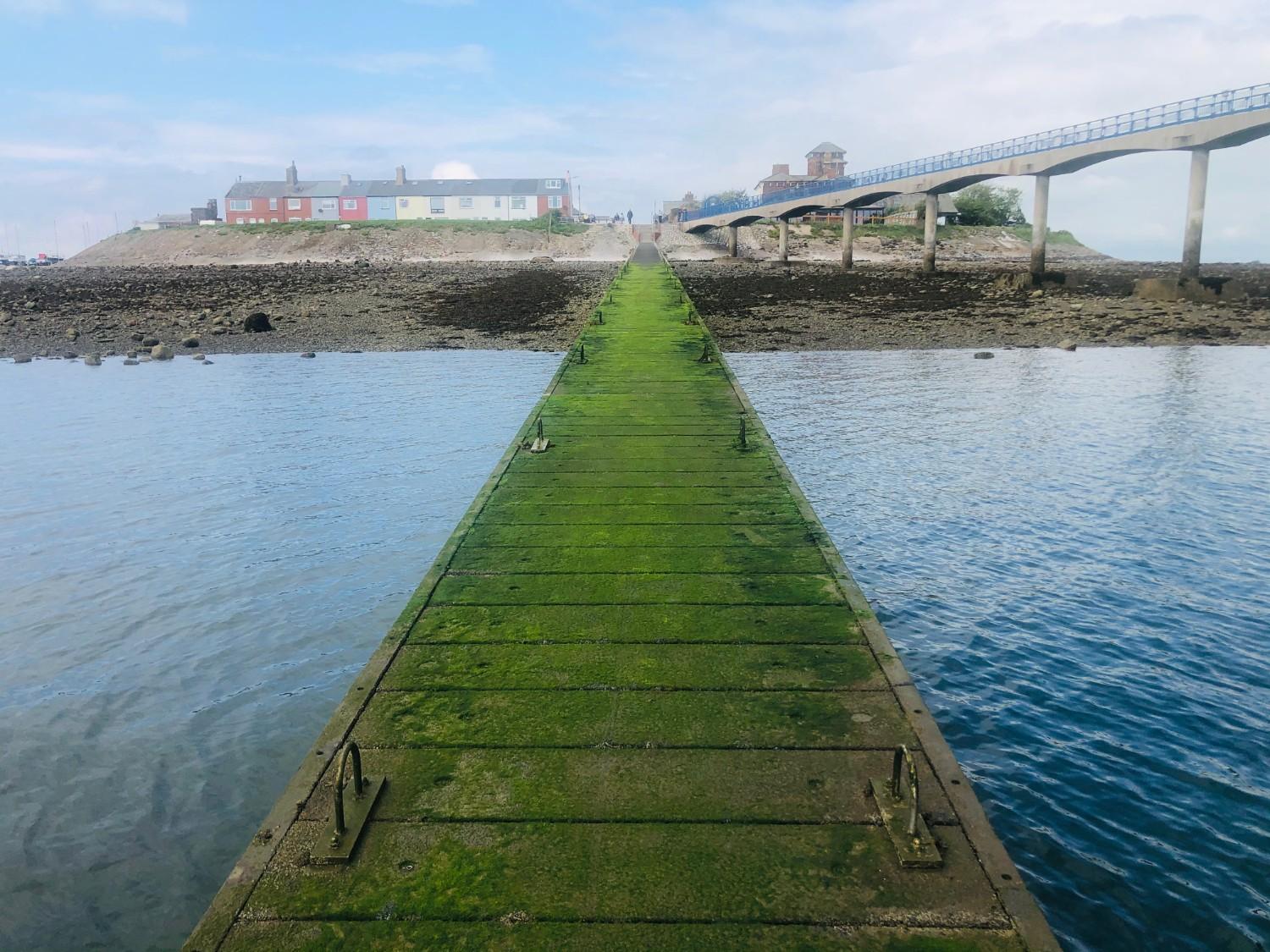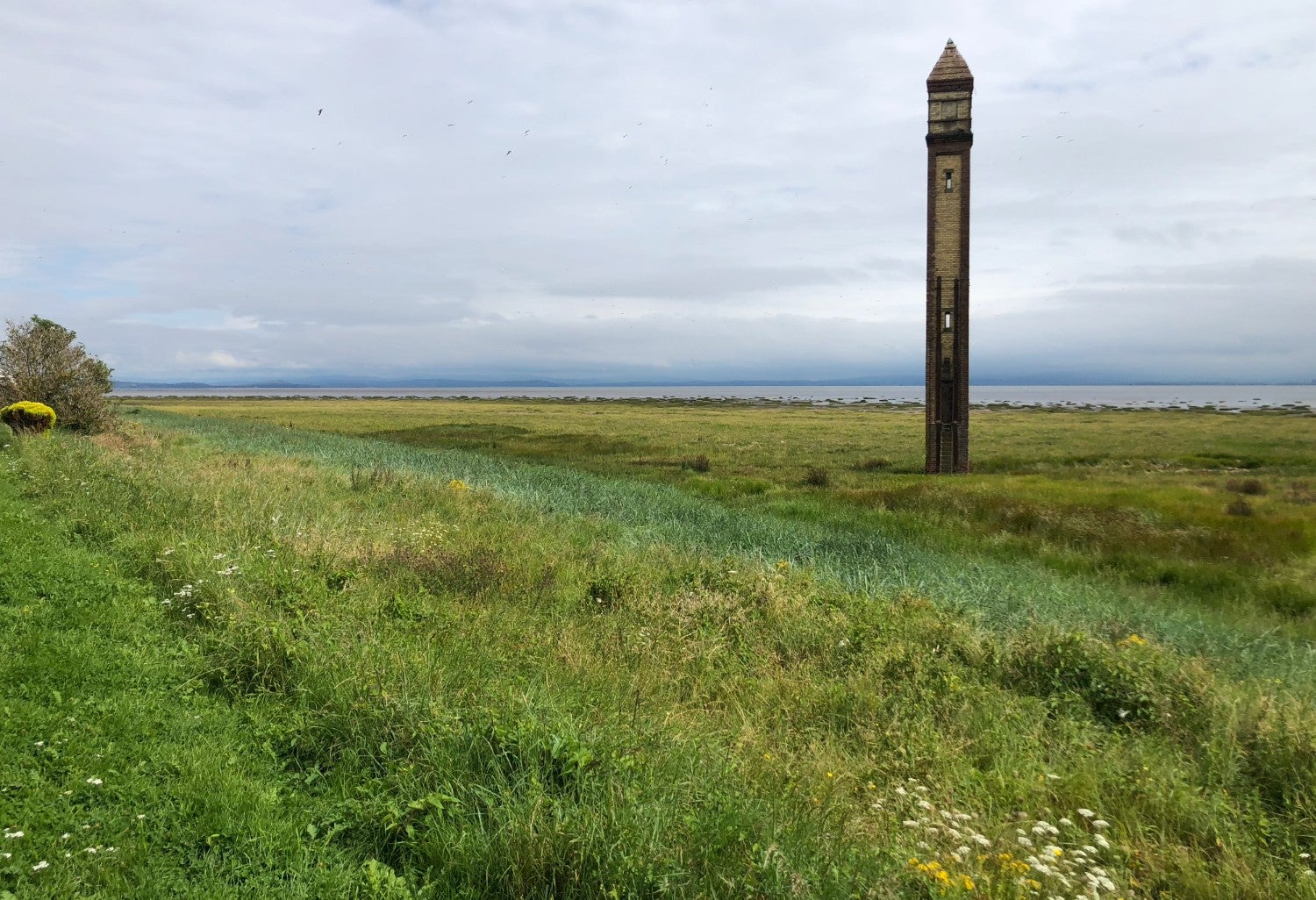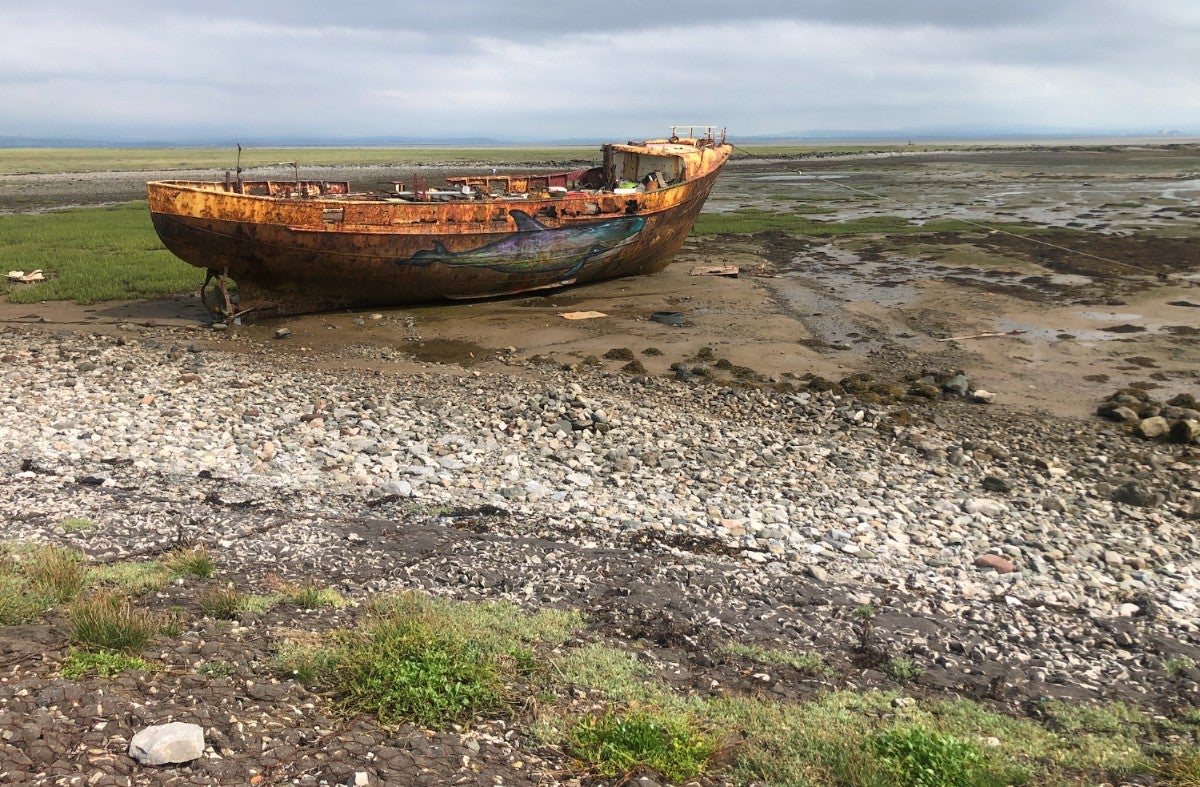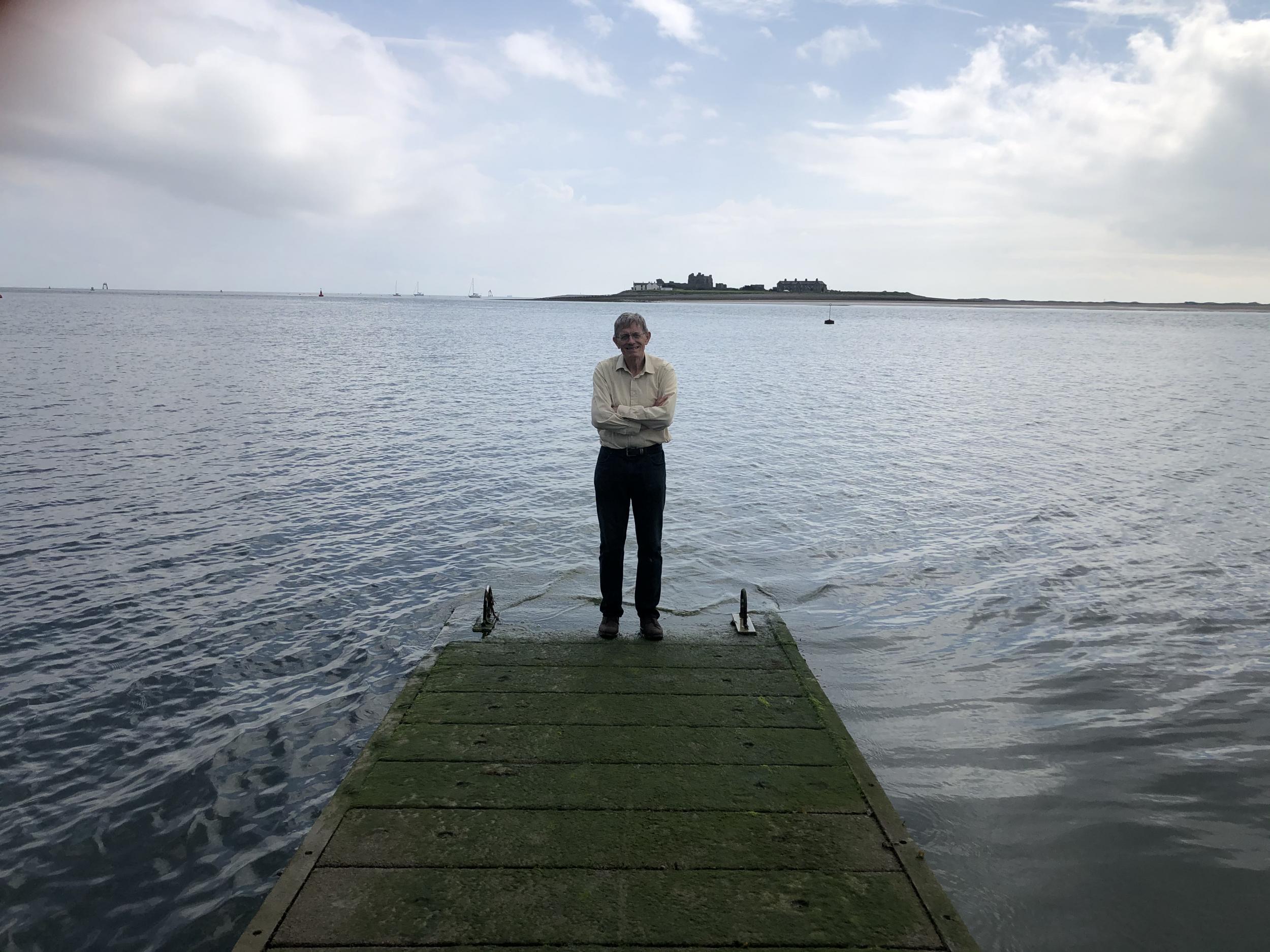‘Far Ness’: A 12-mile hike to the islands at the end of England
Simon Calder spends a week visiting islands around the UK. Part 2: The Furness Archipelago, Cumbria


Well ahead of my August island-hopping adventure, my daughters kindly offered to make up a T-shirt in the manner of a rock band tour. You get the picture: Seven Islands in Seven Days 2020 … 22 August Caldey Island … 23 August Cramond … 24 August Piel Island …
In this strange summer, I declined just in case the coronavirus crisis intervened. Which was just as well, since all of the above were, well, isolated because of Covid-19.
Replacements had to be sought. Fortunately, the UK has a wealth of insular alternatives. Piel Island in particular was easiest to replace – thanks to the little-regarded but deeply rewarding Furness archipelago.
If you had to nominate the ends of England, you might well choose Land’s End. Next? Perhaps Berwick-upon-Tweed, Dover and Lowestoft – the eastern extreme, where the sun rises first.
But for a true sense of finality, allow me to direct you to southern Cumbria. The Furness peninsula may be in the same county as the Lake District, but it is a land apart – and on the way to exactly nowhere.
The name, at least according to Cumbria Tourism, is derived from “Far Ness” – meaning distant headland.
This thumb of territory, pointing down into the Irish Sea and protecting Morecambe Bay, was historically part of Lancashire – and so remote that until the 1980s, a nightly sleeper train ran from London Euston to Barrow-in-Furness, even though the two points are only 220 miles apart as the wayward Arctic tern might fly.
All of which means, in a summer when the most popular British holiday spots are full to bursting, that you can get into your stride for a thoroughly fulfilling hike to what feels like the end of the world.
My long-suffering pal Gary, a Lancaster lawyer, kindly agreed to join me and in turn invited an academic friend, Andrew, along too.
It must have slipped Gary’s mind to warn our erudite companion about how disastrously our previous trips had gone; having to phone a (thankfully) small German airline to persuade them to hold the flight because we had turned up at the wrong place, and then on a recent Lancashire outing having to phone Gary’s dad to pick us up because we were so far behind schedule.
Ulverston railway station was, therefore, an appropriate place to begin: the town was the birthplace of Stan Laurel.
The hardy 12-mile hike to Roa Island, our chosen destination on the Furness Archipelago, began, like many walks do, in cheerful anticipation of the rewards ahead: following an ancient Cistercian pilgrimage trail towards Furness Abbey, across meadows embroidered with dry-stone walls and populated by docile livestock.

We passed Swarthmore Hall, the 16th-century country house that was the cradle of the Quaker movement, and in normal times a venue for courses and retreats.
Talking of retreats: the fine mess that I got my hiking companions into involved scaling a wall that I imagined led to a lane taking us towards the shore of Morecambe Bay.
In fact, after much scrambling down a series of terraces, we found ourselves on someone’s secluded rear patio. While Gary considered the possible defences we could offer were the police to be summoned, Andrew and I figured out an escape route that did not involve breaking and entering, though I recall we may possibly have infringed a neighbouring garden or two.
Reaching the shore without further incident was both a surprise and relief. The “mainland,” across the bay, was dominated by the ghostly shape of Heysham nuclear power station. In the foreground, the lonely hulk of a fishing boat was rusting into the sands.

Considering the pacifist nature of the Quaker movement, Furness is a hardly a place of tranquillity. A recent article about Barrow was entitled: “The Small Town at the Centre of Britain’s Nuclear Arsenal” – reflecting production of the submarines that carry the UK’s nuclear deterrent.
Barrow Island itself, facing the main town on the peninsula, is the clear winner of the arms race among the isles of the Furness Archipelago: the home to BAe Systems.
But our target, Roa Island, was more aesthetically appealing. A causeway leads across, past a dereliction of vessels, to a village that perches prettily on the edge of the world – or almost. Barrow-in-Furness is not twinned with Utqiagvik, Alaska, but it should be: the Arctic city is the northernmost point in the United States, and until four years ago was known as Barrow.
Piel Island was tantalisingly inaccessible. It is normally approached from Roa Island, but summer boat trips are off this year. So you can only peer from the pier at the tiny isle that was used by the Cistercian monks from Furness as a port for international trade. Its notable features are a ruined castle and the Ship Inn, whose landlord has the honorary title “King of Piel”.
Beyond it, the long, mysterious sliver of Walney Island – mainly given over to windfarms and wilderness. A fine finale to a long and winding walk, and to England.

Subscribe to Independent Premium to bookmark this article
Want to bookmark your favourite articles and stories to read or reference later? Start your Independent Premium subscription today.


Join our commenting forum
Join thought-provoking conversations, follow other Independent readers and see their replies
Comments